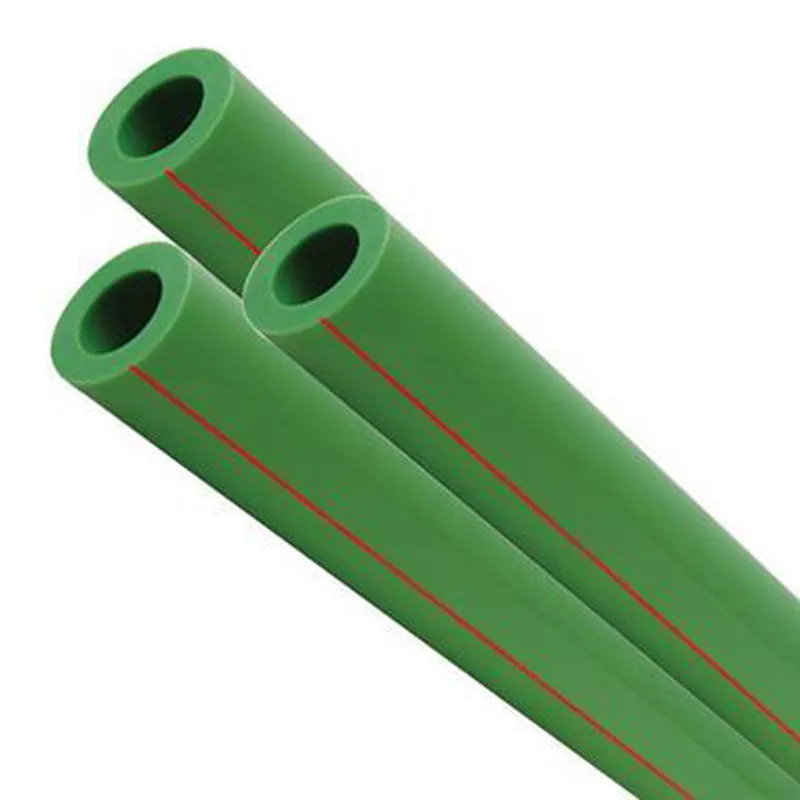A plastic pipe welding machine is a device used to join pieces of plastic pipe together using heat. It is commonly used in the plumbing, construction, and HVAC industries. While there are many types of plastic pipe welding machines, the basic principles remain the same. Here is how to use a plastic pipe welding machine:
Step1.Gather the necessary supplies. You will need the plastic pipe welding machine, the pipes you are joining together, a pair of safety glasses, and the appropriate fittings.
Step2.Make sure the plastic pipe welding machine is properly connected to a power source.
Step3.Adjust the machine settings according to the type of pipe you are welding.
Step4.Place the pieces of pipe in the appropriate position for welding.
Step5.Activate the welding machine and allow it to heat the plastic until it is soft and pliable.
Step6.Pull the pieces of pipe together and hold them in place until the plastic has cooled down and hardened.
Step7.Remove any excess plastic from the joint.
Step8.Test the joint for leaks.
Step9.Repeat the process for any other joints that need to be welded.
Step10.Disconnect the machine from the power source.
Select the right machine for your project
There are many different types of plastic pipe welding machines on the market, each with its own unique features and capabilities. When choosing a machine, consider the type of plastic you will be welding, the size of the pipes, and the number of welds you need to make. Make sure to choose a machine with enough power and capacity to handle your project.
Hot Air Welders
Hot air welders use a stream of hot air to melt and fuse the plastic pipes together. These machines are ideal for welding PVC and PP pipes, as well as some types of PE pipes. Hot air welders are versatile and can be used for both large and small welding projects.
Butt Fusion Welders
Butt fusion welders are designed to fuse large diameter PE pipes together. These machines are ideal for large-scale pipeline projects, as they can quickly and efficiently weld pipes together with minimal preparation.
Extrusion Welders
Extrusion welders work by heating a rod of plastic and then pushing it through the two pipes to be welded. This creates a strong, seamless bond between the pipes. Extrusion welders are commonly used for welding PE pipes, especially in applications where the pipes need to be flexible and resistant to impact.
Electrofusion Welders
Electrofusion welders use electricity to heat and fuse the plastic pipes together. These machines are ideal for welding PE pipes in applications where a strong, leak-proof bond is required. Electrofusion welders are often used for joining pipes in underground pipeline systems, where the pipes need to be durable and able to withstand pressure and movement.
Socket Fusion Welders
Socket fusion welders are designed to fuse small diameter pipes together. These machines are ideal for welding PE pipes in applications where the pipes need to be connected quickly and efficiently, such as in small-scale plumbing projects.
In conclusion, different plastic pipe welding machines are designed to handle different types of plastic pipes, making it important to choose the right machine for your specific project. Whether you're working on a large-scale pipeline project or a small plumbing repair, there's a plastic pipe welding machine to meet your needs.
Gather your materials
In addition to the plastic pipes and the welding machine, you'll need a few other items to get started. This includes:
Welding rods: These are used to fuse the two pipes together. Choose rods that are specifically designed for the type of plastic you're using.
Welding scrim: This is a thin, woven material that is placed between the pipes to help prevent air pockets from forming during the welding process.
Welding cleaner: This is a solvent used to clean the surfaces of the pipes before welding. This helps ensure a strong bond between the pipes.
Prepare the pipes
Before you start welding, you'll need to prepare the pipes. This includes cleaning the surfaces of the pipes, trimming the ends to the desired length, and inserting the welding scrim.
Set up the machine
Once your pipes are prepared, it's time to set up the machine. This includes:
Selecting the right welding temperature: This will depend on the type of plastic you're using. Make sure to consult the manufacturer's instructions for the specific machine you're using.
Attaching the welding rods: Make sure the rods are properly loaded and securely in place.
Setting the welding pressure: This will also depend on the type of plastic you're using.
Weld the pipes
With the machine set up, it's time to start welding. This is done by pressing the two pipes together and moving the machine slowly along the length of the pipes. The machine will automatically heat the rods and apply pressure to fuse the pipes together. Continue welding until you reach the end of the pipes.
Inspect the weld
After welding, inspect the weld to make sure it's secure and free of leaks. If there are any issues, you may need to re-weld the area.
Clean up
Finally, be sure to clean up your work area and the machine. This will help ensure it's ready for the next project.




939.webp)

294.webp)
476.webp)
420.webp)
146.webp)
460.webp)
287.webp)
274.webp)
688.webp)


